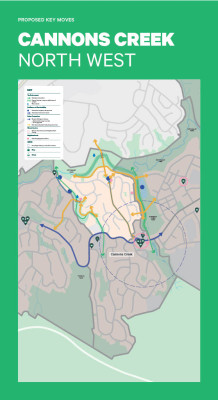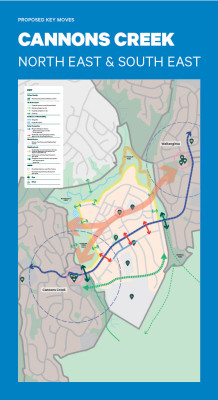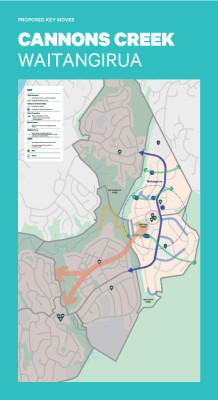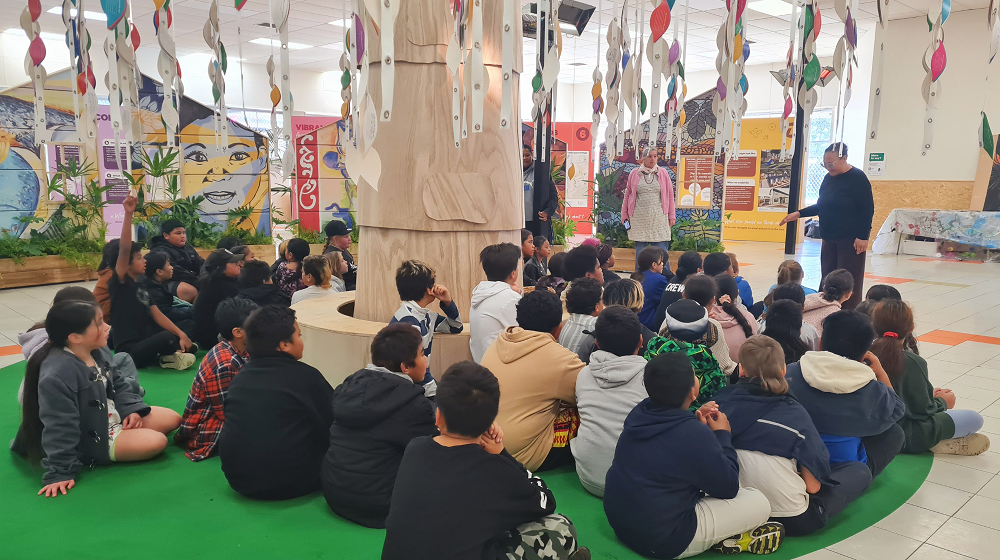Purpose
To re-engage the eastern Porirua community to share how the feedback the project received in 2019 shaped key project plans including the draft Spatial Plan, 3 neighbourhood master plans, transport plan, and outcomes monitoring and evaluation framework.
Scope
An engagement designed through extensive collaboration with project partners Ngāti Toa Rangatira, Porirua City Council, Te Pae Whakahou Hapori, and key agencies to join up community engagement across eastern Porirua by sharing the journey of change through a physical exhibition alongside community led talanoa sessions, and community events.
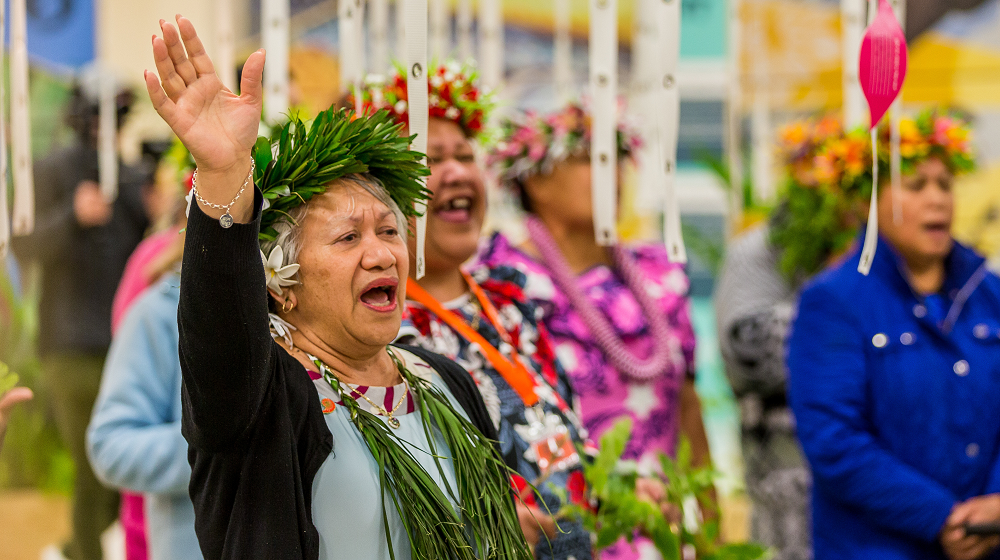
Engagement objectives
The community feels heard and that their aspirations have been reflected across the work programme.
-
Spatial Plan (Involve)
- The community understands what the eastern Porirua Spatial Plan is and how it was developed with their input.
- The community has the opportunity to provide input to further refine the draft Spatial Plan.
-
Master Plans (Involve)
- The community understands how their feedback has shaped the draft master plans for Cannons Creek NW, Cannons Creek NE and SE and Waitangirua.
- The community has the opportunity to provide input to further refine these plans.
-
Transport Plan (Consult)
- The community understands how their feedback has shaped the draft Transport Plan.
- The community has the opportunity to provide input into the draft Transport Plan via social pinpoint display.
-
Outcomes Monitoring and Evaluation Framework (Inform)
- The community understands how their input has shaped the Outcomes Monitoring and Evaluation Framework (OMEF), which will monitor the success of the project.
- The community understands that the Community Survey to support the baseline report for the OMEF will be coming up soon.
-
Community Wellbeing (Collaborate)
- The community are provided with the opportunity to develop a foundation of local knowledge that can be leveraged for collaboration on community aspirations and priorities for wellbeing alongside government, social services, and NGOs.
- The community understand how the project, and key agencies, can contribute to wider wellbeing outcomes.
Legislative context
The Kāinga Ora – Homes and Communities Act 2019 guides the organisation on our legislative requirements for engaging with communities.
Under Section 13(1) our functions include:
(h) to understand, support, and enable the aspirations of communities in relation to urban development.
(i) to understand, support and enable the aspirations of Māori in relation to urban development.
Under Section 14(1) our functions include:
(l)(i) partnering and engaging meaningfully with other persons or organisations including – early and meaningful engagement with communities affected, or to be affected by urban development.
(k) partnering and having early meaningful engagement with Māori and offering Māori opportunities to participate in urban development.
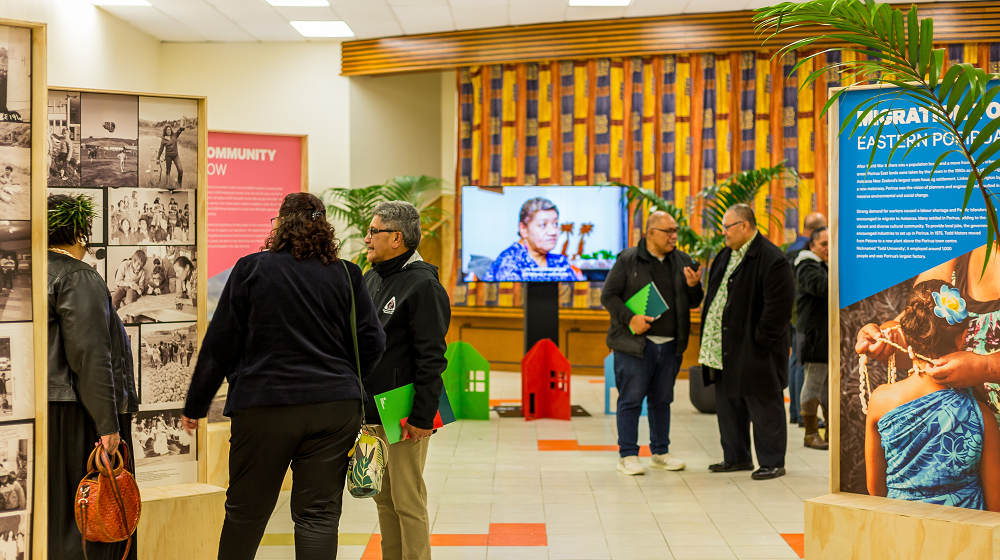
Participation process
The participation process developed considered our legislative context as well as significant input from our project partners Ngāti Toa Rangatira and Porirua City Council, Te Pae Whakahou Hapori, and community. This is outlined below:
|
Project action |
Stakeholder |
Tactic |
Outcome |
IAP2 spectrum |
|
Design Engagement Approach |
Project Partners – Ngāti Toa Rangatira, Porirua City Council, Te Pae Whakahou Hapori (Engaged) |
Workshops to develop approach including: 1. Three workshops with key partners. 2. Launch of Community Reset to gain feedback across key stakeholders. 2. Once reset was complete, information was collated so insights could be leveraged to design the engagement approach. |
- Partnership strengthened - All partners provided support to enable the outcome, offering their expertise and time to get a good outcome. Community Reset talanoa were attended by all partners. - The community voice was embedded in the design of the engagement method. |
Collaborate |
|
Design Engagement Approach |
Community Reset – 62 talanoa with key stakeholder groups including NGOs, businesses, government and social service agencies, community groups and church leaders to reset relationships and discuss how to best engage the community. (Disengaged) |
Talanoa to update each community group/organisation on the project and request input into how we best re-engage the community and design our engagement approach. |
- The community voice was embedded in the design of the engagement method. - Most of these groups were disengaged at the start of these conversations, however felt re-engaged after them and keen to work with us to deliver the engagement. |
Collaborate |
|
Engagement on key project plans |
Eastern Porirua Community (Varying levels of engagement from engaged, disengaged, and distressed) |
Physical exhibition to share the journey of change in a clear way, reflecting how community requested to see the information. Supported by on-site community ambassadors – trusted faces – to answer questions to support attendees. |
- The overwhelming response from the community after attending the engagement was that “you heard us.” - Those who did have concerns or were distressed when coming in, due to not understanding how project plans might affect them, felt like they could finally see the full picture of works and were able to ask questions to key people. |
See above for specific plans – Collaborate, Consult, and Inform were used |
|
Engage on community wellbeing |
Eastern Porirua Community (Engaged) |
Established a group of community ambassadors to lead talanoa sessions on community wellbeing, supporting 36 agencies to gain key insights. Engagement was delivered in 15 languages, by the ambassadors including taking attendees through the exhibition and leading talanoa. |
We provided an opportunity to community leaders to mobilise their communities to participate in this engagement. We specifically targeted community leaders across all ethnic groups, including a focus on former refugee communities who often haven’t participated in engagement activities. Our goal was to host at least 12 talanoa in 9 languages (the same languages as in 2019). The community got so excited to participate and bring their communities together that we ended up with 42 talanoa sessions in 15 languages. |
Collaborate |
|
Engage on our new name |
Eastern Porirua Community (Disengaged) |
Information shared at the end of the exhibition to launch the new name gifted by Ngāti Toa, Te Rā Nui, symbolising a new dawn for the project. |
The idea of a new name was floated prior to the community reset process, and community members were not on board. They didn’t feel that the project deserved a new name at that time. However, at the end of this engagement community celebrated the new name. |
Inform |
Supporting communications and materials developed
Due to the complex story we needed to tell through this engagement, we developed a significant amount of large storyboards installed on a wooden exhibition. This information started with sharing mana whenua’s story, the history of eastern Porirua and the timeline of the project.
We did this to highlight that we understood the foundations of this community, the culture and history that they celebrate. We produced videos of locals sharing their stories and what they hoped this project could unlock, including Ngāti Toa Rangatira, Te Pae Whakahou Hapori, and two community leaders.
The exhibition then took you to the Spatial Plan vision and key themes, the master plan key moves, and launch of the new name. There were paper leaves that were in colours relevant to themes where feedback could be written down and added to a tree that was in the centre of the exhibition.
Below are some examples of the storyboards.
Welcome panels and history
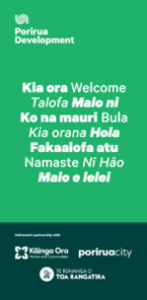
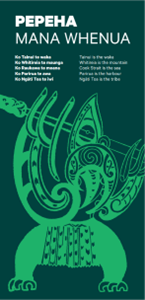
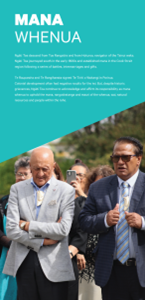
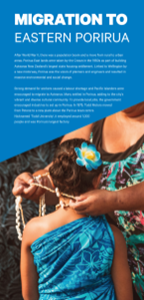
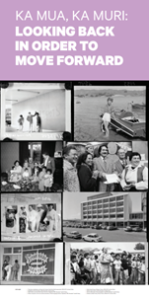

Timeline panels
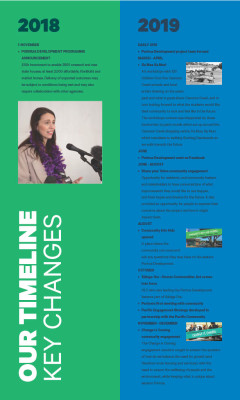
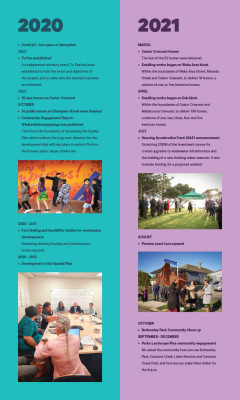
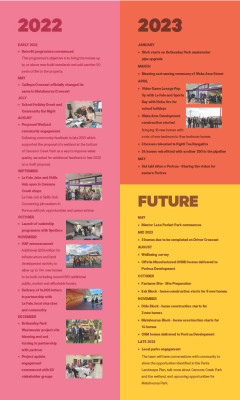
Neighbourhood master plans
